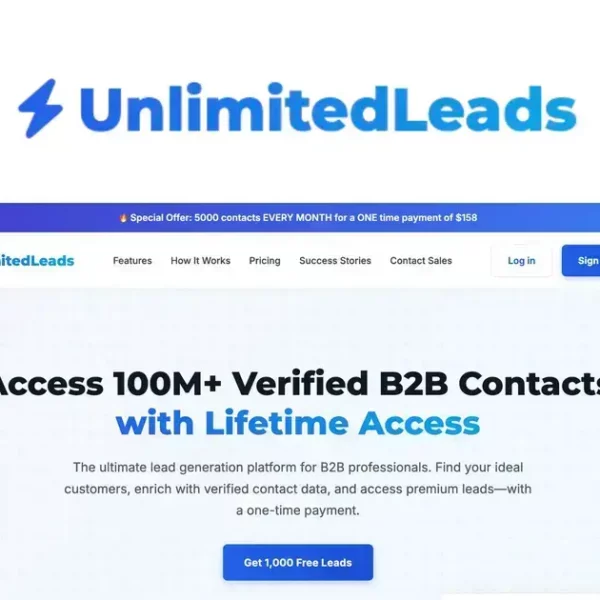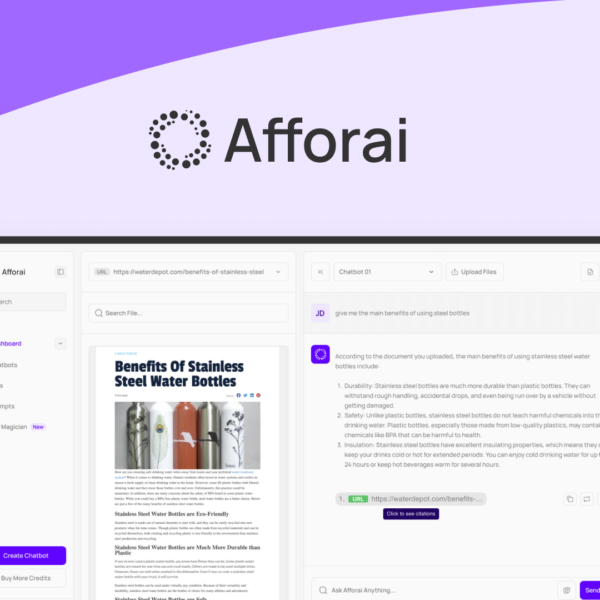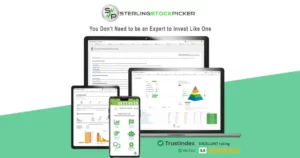Lifetime Deals are a hot topic for SaaS businesses looking to maximize their value. But how do you choose wisely to ensure your investment pays off? Let’s dive into the essential steps!
Do Your Homework on the Developer and the Company
Before diving into a lifetime deal, doing your homework on the developer and their company is crucial. This step helps you understand what you’re getting into. Research the developer’s history and reputation. Look for reviews and feedback from other users. You want to see if they deliver on their promises.
Visit their website to learn more about their products and services. Check if they have a blog or resource center. These can be great for getting insights about their engagement with customers and updates on new features.
It’s also wise to check forums and social media. See how they respond to questions and issues. A company that communicates well is more likely to support you down the road.
Don’t hesitate to reach out to them directly. Ask any lingering questions you might have. Their response can tell you a lot about their customer service.
In summary, doing your homework ensures you’re making a well-informed decision. Being proactive here can save you from potential headaches later on!
Check what Features Have Been Rolled Out Recently

When considering a lifetime deal, it’s smart to check what features have been rolled out recently. New features can improve your experience and help your business. For example, if a company recently added a feature that boosts efficiency, it might be a good sign.
Look at the company’s update log or changelog. This will show you what’s been added and when. Updates can indicate active development and commitment to improvement.
You can also see if the company is responding to user feedback. Features born from customer suggestions usually have a strong impact. This shows they care about what users need.
Explore community forums and reviews. Users often share their experiences with new features. This feedback can help you understand if the changes add real value.
Keeping an eye on recent updates ensures you choose a product that evolves with your needs. It gives you confidence that you’re investing in something that can grow alongside your business.
Look at Their Roadmap
It’s essential to look at their roadmap when considering a lifetime deal. A product roadmap shows future plans and updates. It helps you understand where the company is heading and if it aligns with your needs.
Most software companies provide a public roadmap. This can include new features, improvements, and timelines for release. A clear roadmap can signal a well-managed project and continued growth.
Check if they update the roadmap regularly. An updated roadmap indicates ongoing commitment and responsiveness to user input. If it hasn’t changed in a while, it might raise concerns about the company’s direction.
You can often find roadmaps on their website or in community discussions. Reading comments from other users can also shed light on expectations and excitement about future features.
Knowing their plans helps you make an informed decision. It ensures you invest in something that grows and stays relevant for your business.
Chat with Their Support

One important step is to chat with their support team. Reaching out gives you a feel for their customer service. A responsive support team can make a big difference when you need help later.
When you chat with support, ask specific questions about the product. This can show how well they know their service. Pay attention to their responses. Are they quick and helpful? Or do they take too long to reply?
Check if they offer multiple ways to contact them. Options like live chat, email, and phone support often indicate their commitment to customer service. A good company will ensure you can reach them easily.
Don’t forget to read reviews about their support. Other users’ experiences can give you insight into what to expect. If many people mention long wait times or unhelpful responses, it could be a red flag.
Good support makes using a product much easier. So, chatting with their team can provide you with valuable information and peace of mind before you invest.
Decide Whether the Product Fills a Current or Upcoming Need
Before buying, you should decide whether the product fills a current or upcoming need. This step is vital for making a smart investment.
Think about your current challenges. Does this product solve them? If yes, that’s a great sign. It means you’re getting value right away. On the other hand, consider future needs as well. If the product can help you grow or scale, it might be worth it even if you don’t need it right now.
It’s also important to align the product with your long-term goals. A tool that fits your strategy can save you time and money later. Ask yourself how this product will support your plans over the next year or two.
Additionally, look for features that might be helpful in the future. If the product has tools or upgrades planned that you can use down the road, it adds extra value.
In summary, ensuring the product satisfies both present and future needs is key to a successful investment.




